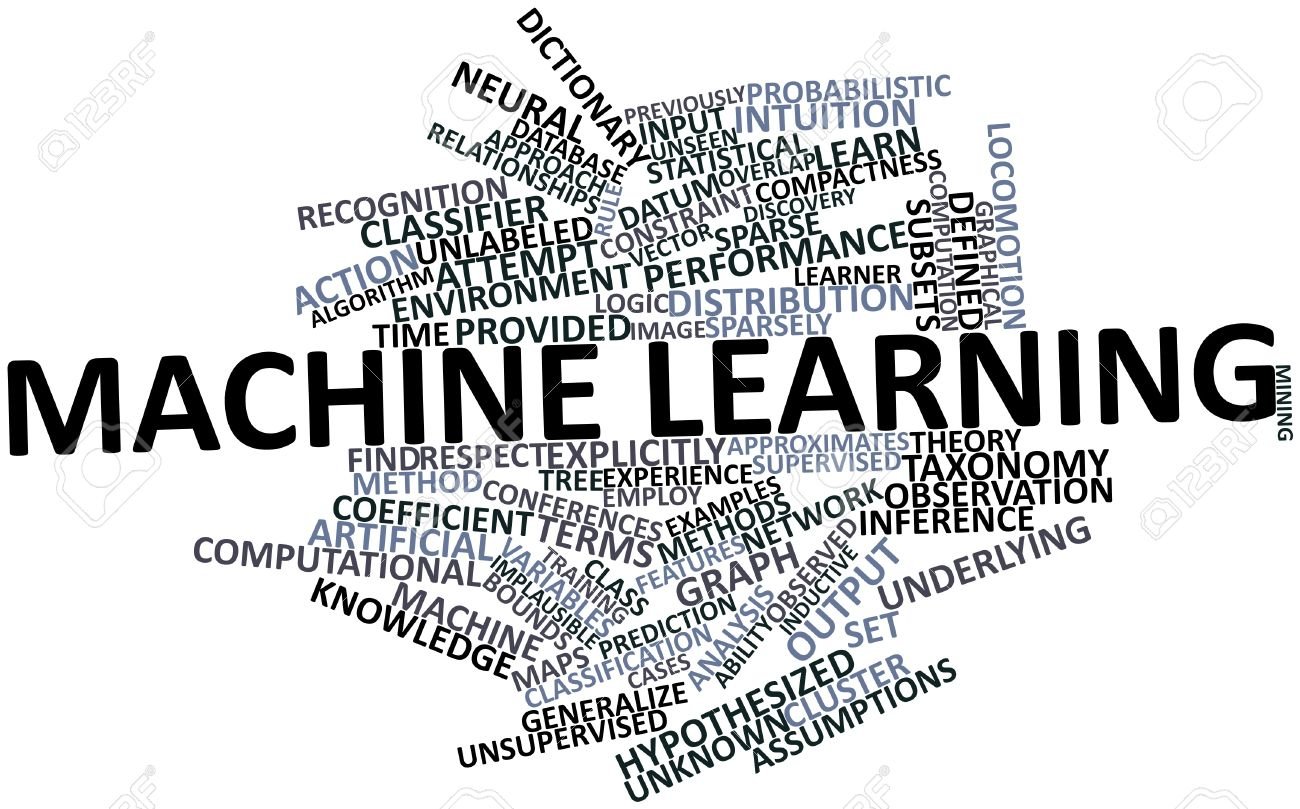In Past few years India is moving toward the renewable energy. Recently Isro has launched a Solar Calculator application, that allows for accurate calculation of the benefit of installing solar panels at any location in the country. The application allows for the calculation of solar energy potential, which is an important preliminary step for selecting appropriate locations to set up solar photovoltaic thermal power plants. The application has been developed by the Space Application Center facility of Isro, in Ahmedabad, at the request of the Ministry of New and Renewable Energy.The Solar Calculator is very useful for setting up photovoltaic solar panels. A number of locations are available in the drop down menu, it is possible to directly click on a location in a map, or navigate using precise geographic co-ordinates. The solar energy potential of that location is shown in kWh/m2 or mJ/m2. If application can also acquire the location using GPS. The solar potential is calculated using data processed from Indian satellites, including the Kalpana-1, the Insat-3D and the Insat-3DR.
The information of the solar energy potential is accompanied by other useful information for setting up solar panels. An internet connection is needed to make the necessary calculations. There are visualisations and tables included for the duration of the days over the course of a year. If there are obstruction to sunlight because of terrain, that is calculated as well, using a digital elevation model. There is a suggestion for the optimum angle to set up the solar panels as well.The application is available On the web and for the Android Platform. The Android application is a small file, less than 2 MB in size, but we were not able to get it to work. The application is not yet available on the Play Store or any other store. The solar calculator app provides similar functionality to Google’s Project Sunroof.
After few day of launching Solar Calculator Android App, ISRO successfully demonstrated solar electric hybrid car. The effort was a initiative that combined expertise from the fields of automotive, electrical, mechanical & chemical engineering. A solar panel to fit on the roof of the car was developed, along with an integral gearbox, control electronics for the battery & solar panel & a conversion kit for fitting an electric motor to a vehicle with an internal combustion engine.
Energy was supplied to the car through Lithium ion batteries, with a high power super-capacitor to meet the power demand during conditions that required peak torque. The high capacity solar panel mounted on the roof of the vehicle continuously geared up the battery,as long as sunlight was available. The solar hybrid vehicle was successfully demonstrated in a test drive, including an uphill drive.In these efforts ISRO promotes the use of renewable energy in various sectors which will going to act as an important resource in future.






